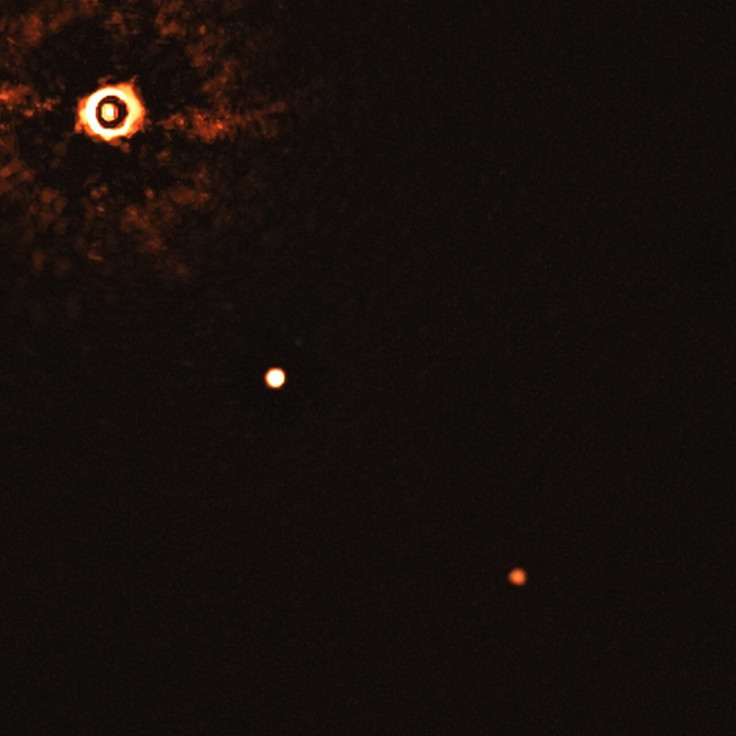CHEOPS Spacecraft: Extreme Exoplanet Found Orbiting Hot Blue Star In Libra Constellation
KEY POINTS
- An exoplanet found orbiting a blue star is 20 times closer to its star than what Earth is to its sun
- The exoplanet takes less than 3 days to orbit its star
- The blue star is 322 light-years away and is found in the Libra constellation
An exoplanet with scorching temperature was found orbiting a blue star that is larger than the Earth’s sun. The exoplanet is now dubbed as the “most extreme planet ever-seen” for its temperature that can possibly melt anything solid into a gas.
The blue star HD 133112 is 322 light-years away and is found in the Libra constellation. It has a temperature of 2,000 degrees Celsius which makes it hotter than the Sun.
The temperature is responsible for its bluish appearance compared to the widely-known stars that are mostly yellow or white. The HD 133112 also rotates rapidly, making its shape more spherical than ellipsoidal.
“Only a handful of planets are known to orbit such hot stars, and this system is the brightest by far,” Willy Benz, professor of astrophysicist at the University of Bern and head of the CHEOPS consortium, said while talking about the exoplanet-blue star tandem, in a press release.
The exoplanet, with size more than one and a half times as large as Jupiter, is estimated to have a temperature of 3,200 degrees Celsius. Other exoplanets with that much heat are already called ultra-hot Jupiter.
The insights about the exoplanet and bluish star tandem were gathered by the European Space Agency’s Characterizing Exoplanet Satellite mission, more commonly referred to as CHEOPS. The new finding became significant because it is the first discovery by CHEOPS since its launch in December 2019.
Furthermore, the exoplanet was originally spotted in 2018 but not much information about it was gathered at the time. CHEOP’s recent finding, published in Astronomy & Astrophysics, offered more information about the intriguing exoplanet.
Referring to the exoplanet as WASP-189b and the bluish star as HD 133112, Monika Lendl, lead author of the study from the University of Geneva, said in the press release that WASP-189b takes less than 3 days to orbit HD 133112. WASP-189b is also 20 times closer to its star than how Earth is to Sun.
“WASP-189b is especially interesting because it is a gas giant that orbits very close to its host star,” Lendl added. “They have a permanent dayside, which is always exposed to the light of the star, and, accordingly, a permanent night side.”

© Copyright IBTimes 2024. All rights reserved.











